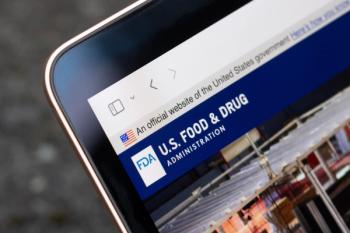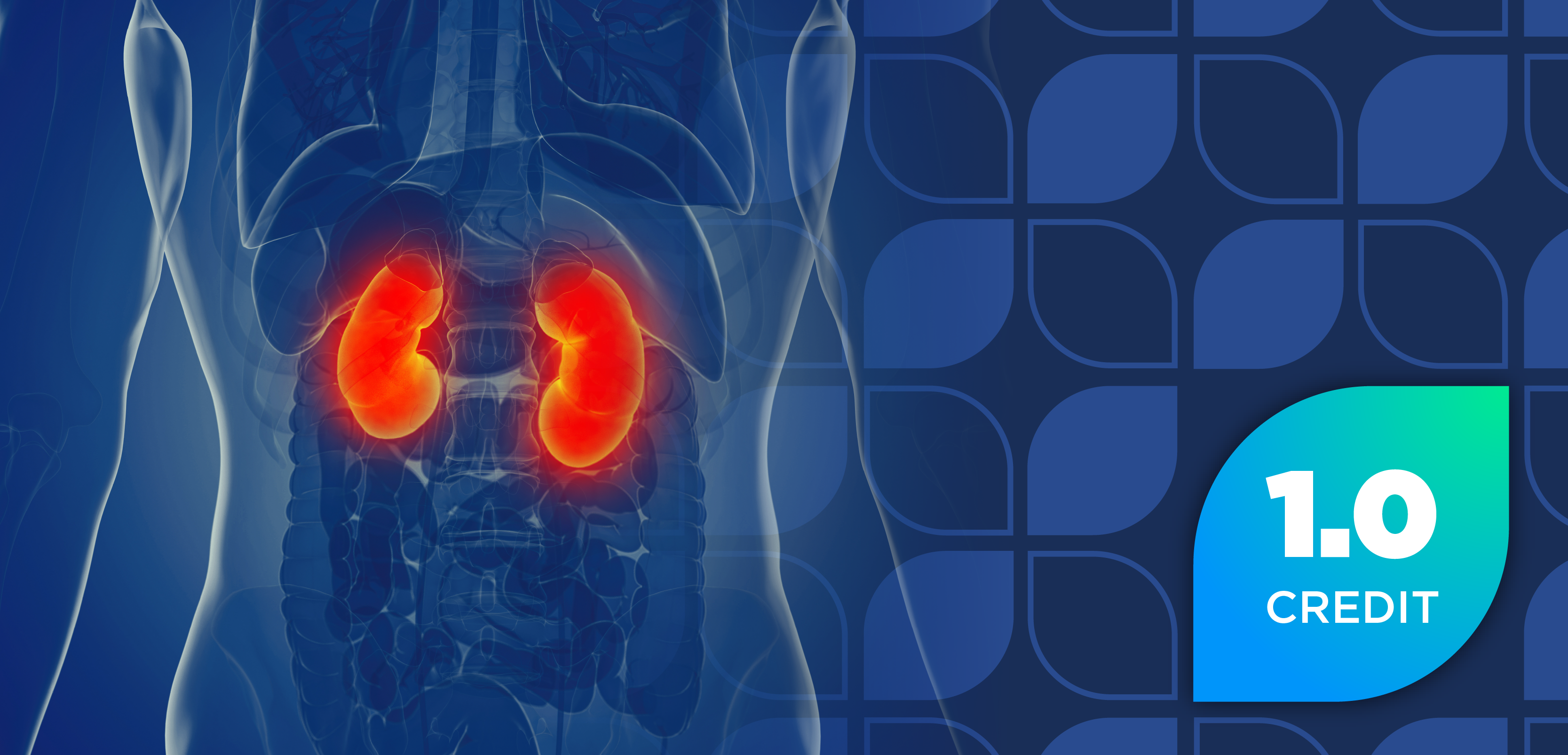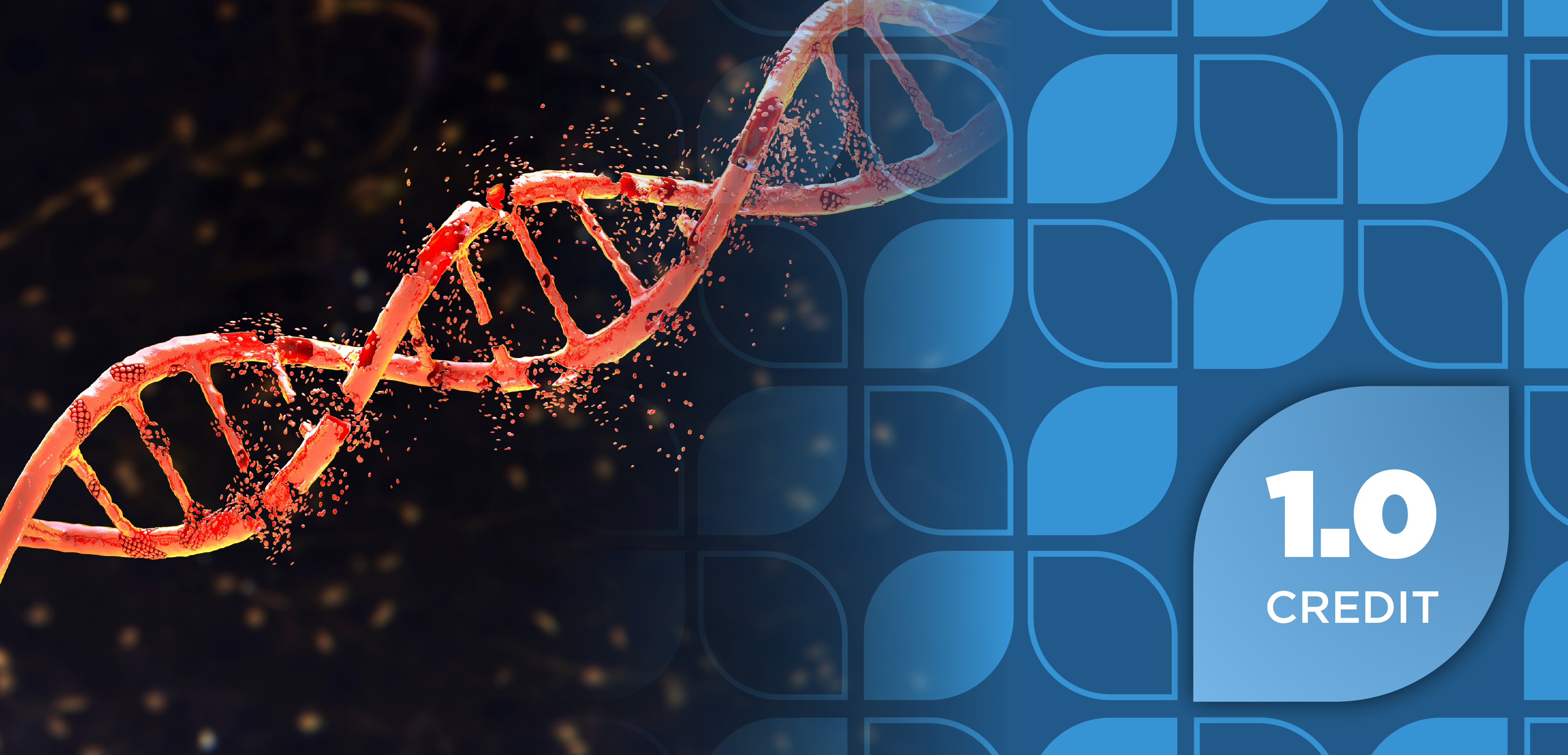
Pharmacists and Providers: Key Collaborators in the Shift Toward Decentralized and Virtual Health Care
Virtual health care enhances patient experiences, integrates complex data, and ensures medication access through provider-pharmacist collaboration.
Virtual health care has transformed experiences in health care delivery for patients, researchers, and providers alike through offering flexibility and convenient settings to receive care, improved diversity in trial populations, streamlined operational processes, and much more. As health care evolves with decentralized clinical trials (DCT), telemedicine, and other patient-centric solutions, the responsibilities of providers and pharmacists have grown beyond their traditional scopes to encompass the integration of complex patient data, management of remote monitoring devices, and ensuring medication access and efficacy in research and clinical practice.
Integrating Complex Patient Data
With the rise of digital health records and wearable devices, health care professionals must interpret vast amounts of data—including electronic health records, laboratory results, biometrics, and patient-reported outcomes—to ensure participant safety in clinical trials and guide treatment plans in real-world practice. Providers play a central role in synthesizing this information to form a holistic understanding of a patient’s condition, evaluating clinical data while accounting for individuals’ symptoms and unique experiences in a trial. Modern approaches, such as the use of predictive analytics and decision-support tools, can easily identify potential health risks and streamline clinical decision-making.
Pharmacists contribute by ensuring that medication plans align with a patient’s complete health profile. They can assess for drug interactions, contraindications, and opportunities for therapeutic optimization. By collaborating closely, providers and pharmacists can ensure treatments are effective, safe, and tailored to the patient’s unique needs.
To navigate this complexity, they both rely on interoperable health care platforms that enable seamless data sharing across care teams. As health care evolves, proficiency in data analytics and information systems has become an essential skill for both professions.
Managing Remote Monitoring Devices
Remote monitoring devices have transformed how providers track and manage chronic conditions as well as monitor patient data in DCTs. These devices, ranging from blood pressure cuffs to more advanced tools like cardiac monitors, allow for continuous data collection and real-time intervention from afar. However, integrating and managing these devices requires technical expertise and a patient-centered approach.
Patients rely on providers to educate them on the proper use of remote monitoring devices, how to interpret the data collected, and when to adjust or stop treatment. Additionally, pharmacists play a crucial role in helping patients understand how these devices interfere with their medication regimens.
For example, many providers prescribe continuous glucose monitoring devices to their patients with diabetes to better observe fluctuations in blood glucose after meals and throughout the day. Pharmacists can offer guidance on how their medications should affect blood glucose, so they know when to seek medical attention.
For these technologies to be truly effective, both providers and pharmacists need to collaborate to address issues like device connectivity, data accuracy, and treatment adherence. As digital health technologies evolve, ongoing professional development becomes essential to ensure the optimal use of remote monitoring devices in clinical research and health care settings.
Ensuring Medication Access and Efficacy
Medication access and efficacy are cornerstones of effective and equitable health care. In research, this includes spreading awareness of clinical trial opportunities through direct referrals from providers, print advertisements in physicians’ offices and pharmacies, and using artificial intelligence algorithms to identify patients who meet eligibility criteria for studies. In clinical practice, providers aim to prescribe treatments that will effectively treat their patients’ conditions, considering factors like insurance coverage, potential adverse effects, and patient preferences.
Pharmacists are the final safeguard in ensuring medication accuracy through rigorous verification and counseling patients on proper medication use. With the rise of digital prescriptions, they mitigate risks associated with automated systems, checking for duplicate prescriptions or errors in electronic data transmission. Pharmacists also serve as patient advocates, working with insurance companies and manufacturers to address coverage gaps or secure alternative therapies during shortages.
Together, providers and pharmacists can leverage tools like electronic prescribing systems, medication adherence apps, and telehealth consultations to enhance access and visibility into patients’ health.
Providers and pharmacists are indispensable in navigating the challenges and opportunities presented by modern health care. By integrating complex patient data, managing remote monitoring devices, and ensuring medication access and efficacy, they contribute to a health care system that prioritizes safety, efficiency, and personalized care. Their collaboration, supported by emerging technologies, is key to meeting the evolving needs of patients and advancing health care delivery.
Newsletter
Stay informed on drug updates, treatment guidelines, and pharmacy practice trends—subscribe to Pharmacy Times for weekly clinical insights.














































































































































































































